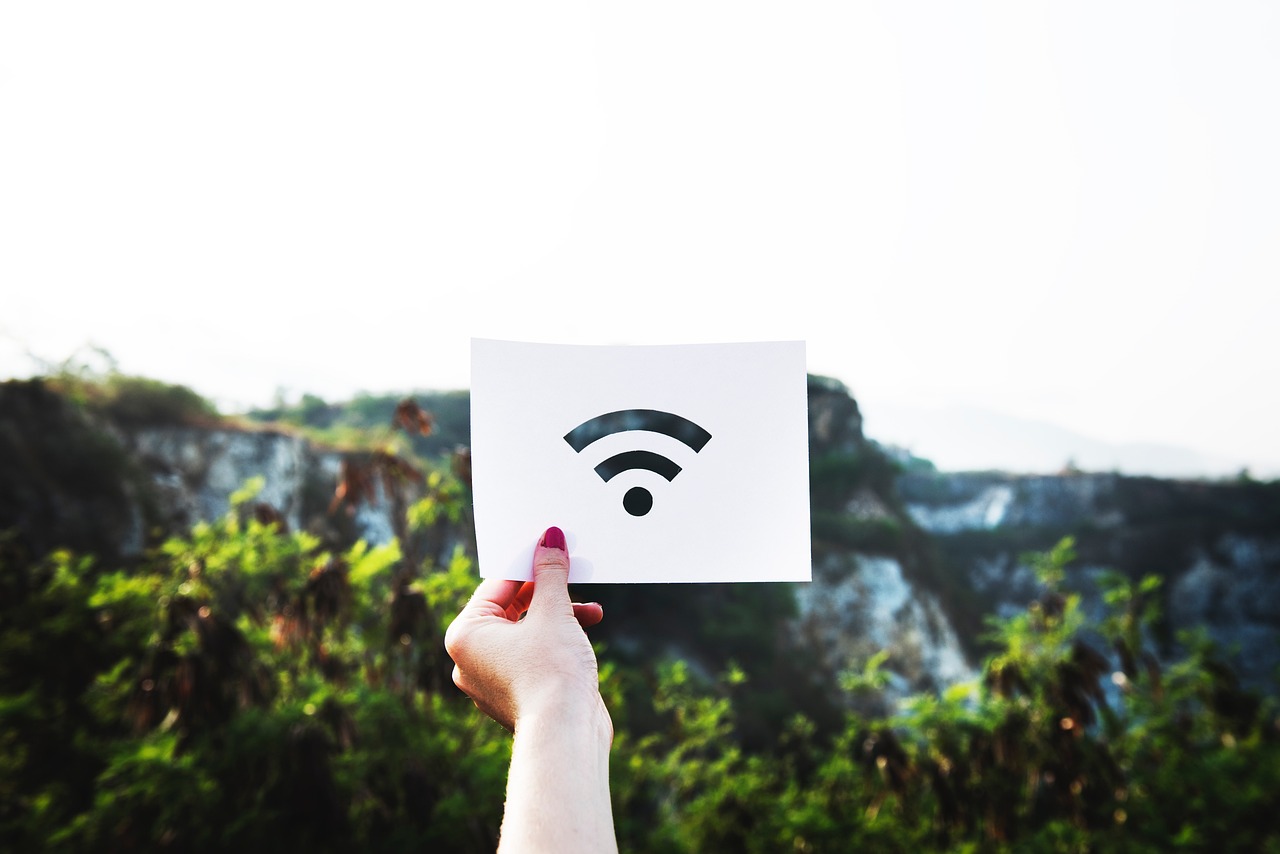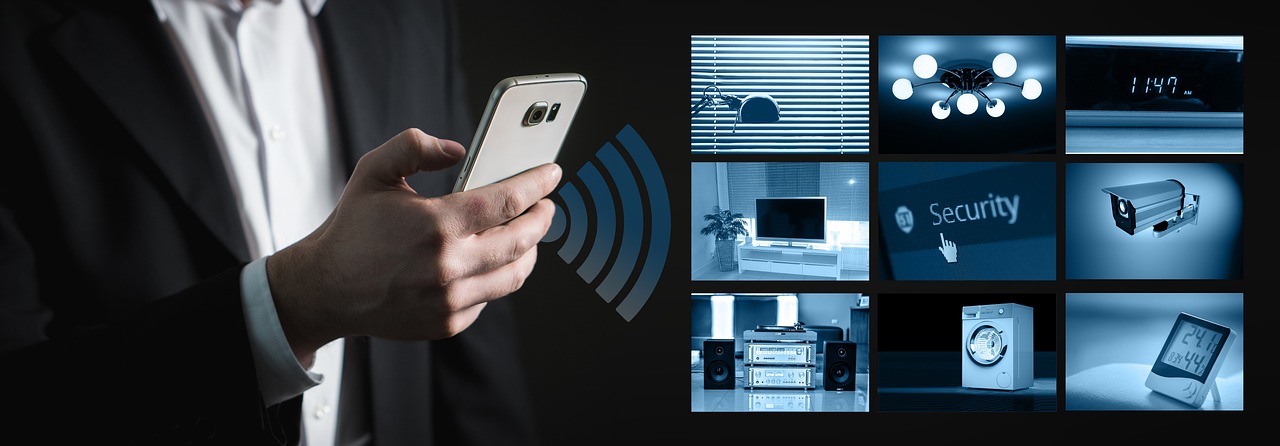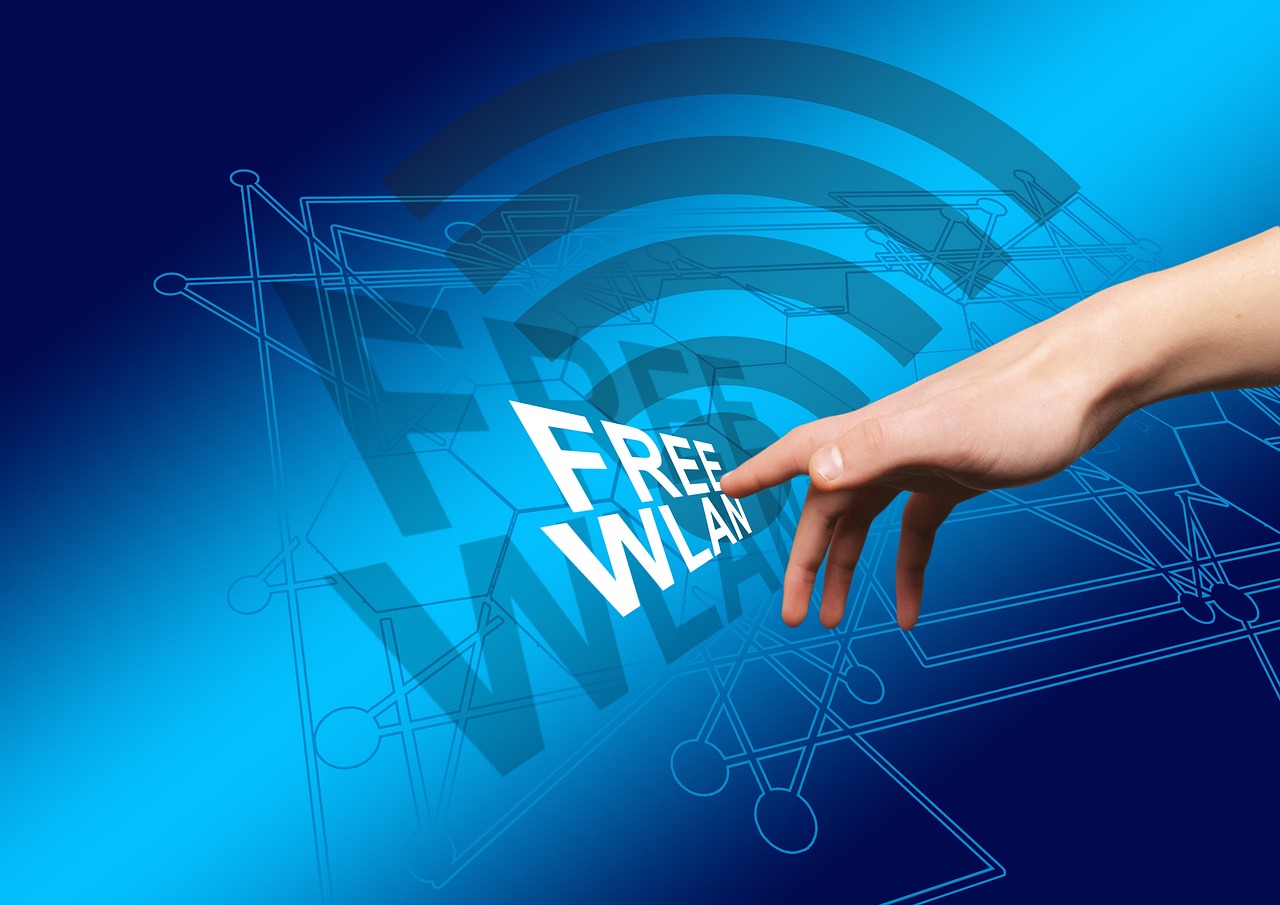
In today’s connected world, the convenience of public Wi-Fi has become a staple for many of us. Whether we’re catching up on work at a local cafe, browsing the web during a layover at the airport, or streaming our favorite shows in a hotel room, public Wi-Fi networks have become an essential part of our on-the-go lifestyle. However, this convenience comes with a significant risk: the potential compromise of our personal information and the security of our mobile devices.
The Risks of Using Public Wi-Fi
Public Wi-Fi networks are often unsecured, making them a prime target for cyber criminals looking to intercept and exploit our sensitive data. Let’s take a closer look at some of the most pressing dangers associated with using public Wi-Fi.
Man-in-the-Middle Attacks
One of the most significant threats is the risk of man-in-the-middle (MITM) attacks. In this type of attack, a hacker positions themselves between the user and the network, intercepting the data transmitted between the two. This allows the attacker to view, steal, or even modify the information being exchanged, posing a severe threat to our privacy and security.
Show Image
Unencrypted Networks
Many public Wi-Fi hotspots operate on unencrypted networks, where data is transmitted without any form of protection. This means that anyone on the same network can potentially see the information you’re sending and receiving, including login credentials, credit card numbers, and other sensitive information.
| Encrypted Network | Unencrypted Network |
|---|---|
| Data is scrambled and protected from prying eyes | Data is transmitted in plain text, making it vulnerable to interception |
Malware Injection
Hackers can also use public Wi-Fi networks to inject malware onto your mobile device. By taking advantage of vulnerabilities in the network or device software, they can install malicious programs that can steal data, monitor your activities, or even gain control of your device.
Types of Malware Risks:
- Spyware: Collects and transmits your personal information without your knowledge
- Keyloggers: Record your keystrokes, including login credentials and other sensitive data
- Ransomware: Encrypts your files and demands a payment to restore access
Best Practices for Staying Safe on Public Wi-Fi

To mitigate the risks associated with using public Wi-Fi, it’s essential to adopt proactive measures to protect your personal information and the security of your mobile device.
Use a VPN
One of the most effective ways to safeguard your online activities on public Wi-Fi is to use a Virtual Private Network (VPN). A VPN encrypts your internet connection, making it much harder for hackers to intercept your data. It also helps to mask your IP address, making it more difficult for attackers to identify your location or device.
To set up a VPN on your iOS or Android device:
- Download a reputable VPN app from the App Store or Google Play Store.
- Open the VPN app and follow the on-screen instructions to connect to a secure server.
- Ensure the VPN is active before accessing any websites or apps on the public Wi-Fi network.
Avoid Accessing Sensitive Information
While using public Wi-Fi, it’s best to avoid accessing sensitive information such as banking details, personal emails, or any accounts that contain confidential data. These types of activities should be reserved for secure, private networks to minimize the risk of unauthorized access.
High-Risk Activities to Avoid on Public Wi-Fi:
- Online banking
- Checking personal email
- Making purchases or managing financial accounts
- Accessing sensitive work-related documents or systems
Enable Two-Factor Authentication (2FA)
Enabling two-factor authentication (2FA) on your accounts can provide an extra layer of security, even if your login credentials are compromised on a public Wi-Fi network. 2FA requires a second form of verification, such as a one-time code sent to your mobile device, making it much harder for hackers to gain access to your accounts.
To enable 2FA on popular apps and services:
- Go to the account settings and look for the “Security” or “Two-Factor Authentication” section.
- Follow the on-screen instructions to set up 2FA using your preferred method (e.g., SMS, authenticator app).
- Make sure to save any backup codes provided, in case you need to log in without your mobile device.
Adjust Your Device Settings for Maximum Security
In addition to using a VPN and avoiding sensitive activities, there are specific device settings you can adjust to enhance your security while on public Wi-Fi.
Turn Off Automatic Wi-Fi Connection
Disable the “Auto-Connect” or “Auto-Join” feature on your mobile device to prevent it from automatically connecting to unknown public Wi-Fi networks without your consent. This helps to ensure that you’re in control of which networks you choose to connect to.
Steps to Disable Auto-Connect:
- iOS: Go to Settings > Wi-Fi and turn off “Auto-Join Hotspot”
- Android: Go to Settings > Wi-Fi and turn off “Automatically connect to available networks”
Disable File Sharing
Leaving file-sharing options enabled on your device can expose your personal data to potential snoopers on the public network. Be sure to disable any file-sharing or peer-to-peer features before connecting to a public Wi-Fi hotspot.
| File Sharing On | File Sharing Off |
|---|---|
| Allows other devices on the network to access your files | Prevents other devices from accessing your files without permission |
Protecting Your Data from Wi-Fi Snooping

Even with the precautions mentioned, there are additional steps you can take to further shield your data from potential snooping on public Wi-Fi networks.
Use HTTPS Websites
When browsing the web on a public network, be sure to only visit websites that use the HTTPS protocol. HTTPS encrypts the data transmitted between your device and the website, making it much harder for hackers to intercept your information.
| HTTP | HTTPS |
|---|---|
| Data is transmitted in plain text, making it vulnerable to interception | Data is encrypted, protecting it from eavesdropping |
You can also install browser extensions like HTTPS Everywhere to automatically enforce HTTPS connections, even on websites that don’t have it enabled by default.
Clear Browsing History and Cache
After using a public Wi-Fi network, it’s important to clear your browser’s cache and browsing history. This removes potentially sensitive information that could be accessed by other users of the network.
Steps to Clear Cache and History:
- Open your mobile browser’s settings
- Locate the “Privacy” or “Security” section
- Select “Clear Browsing Data” or “Clear Cache”
- Choose to clear data for the time period you’ve been using the public Wi-Fi
Dealing with Suspicious Networks and Rogue Hotspots
It’s also crucial to be vigilant when connecting to public Wi-Fi networks, as hackers may attempt to set up malicious hotspots to lure unsuspecting victims.
How to Identify Malicious Hotspots
Be wary of public Wi-Fi networks with names that are slightly misspelled or similar to legitimate hotspots. Hackers may create these “rogue” hotspots in an attempt to lure users into connecting and potentially exposing their data. Always verify the network name with the establishment providing the Wi-Fi.
Monitor for Phishing Attacks
Hackers may also use public Wi-Fi networks to launch phishing attacks, where they create fake websites or apps that mimic legitimate services in an attempt to steal your login credentials or other sensitive information. Be cautious of any unsolicited requests for personal data while using a public network.
Conclusion
The convenience of public Wi-Fi is undeniable, but the risks to our personal information and device security cannot be overlooked. By implementing the best practices outlined in this article, you can significantly reduce the chances of falling victim to cyber threats while using public Wi-Fi networks. Remember to always prioritize the safety of your data, use a VPN, avoid sensitive activities, and stay vigilant for any suspicious activity. With these measures in place, you can enjoy the benefits of public Wi-Fi without jeopardizing the security of your mobile device.
